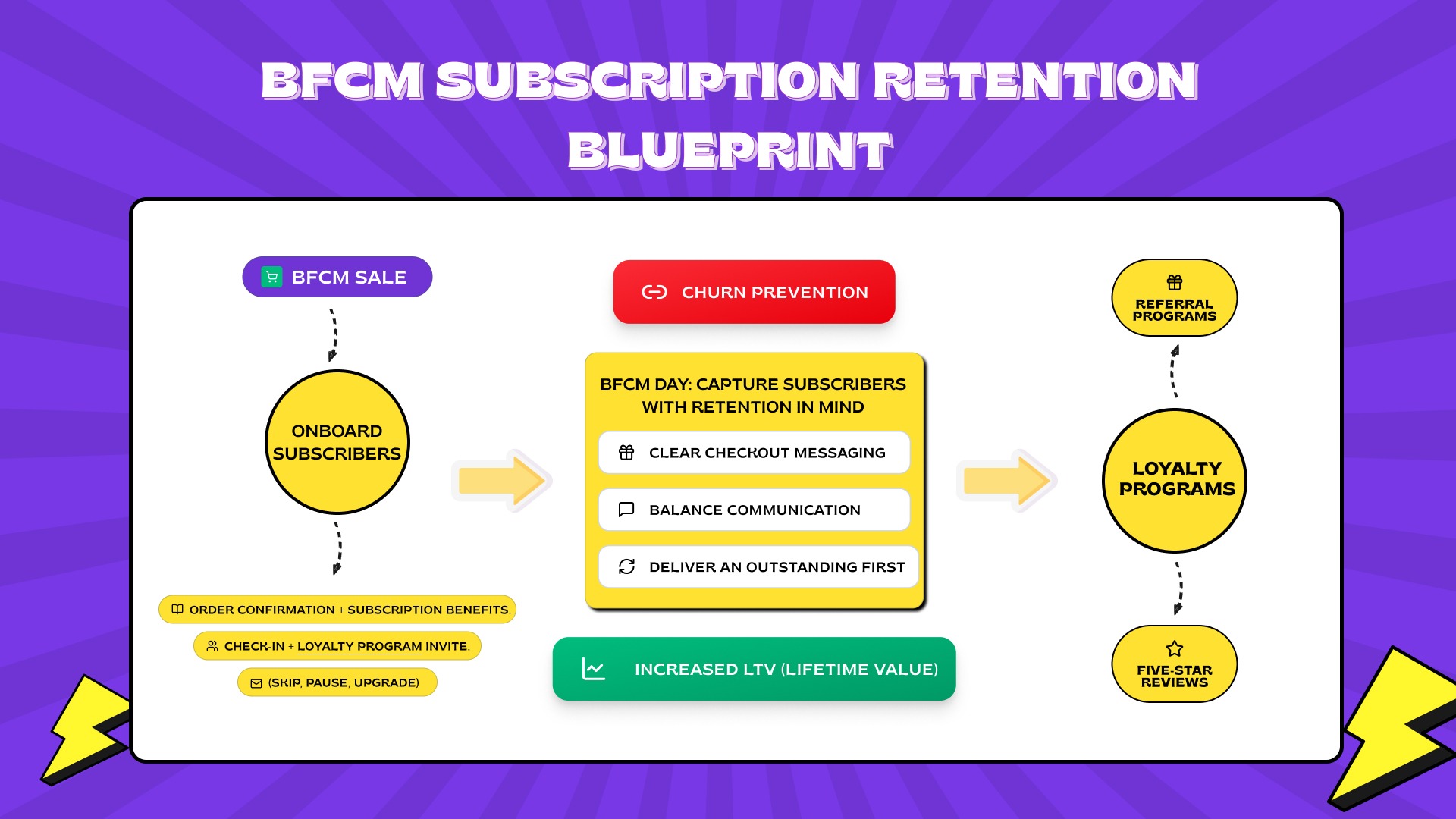
The Ultimate Guide to Selecting the Perfect Subscription Billing Software
Published On: October 29, 2024 - 6 min read
The Importance of Subscription Billing Software
As the subscription economy continues to grow at a fast pace, picking the appropriate subscription billing software is vital for the success of any business that operates on a subscription model. The right software not only manages payments but also improves customer experiences, streamlining your operations and driving revenue growth. This guide will assist you in understanding the key factors and features to evaluate when selecting the most suitable subscription billing software for your business.
Understanding Subscription Billing Software
Subscription billing software automates the billing process for customers receiving recurring services. It manages everything from payment processing and invoicing to dunning management and analytics. As subscription models become increasingly popular across industries, from SaaS to e-commerce, having a reliable billing system in place is essential for sustaining growth and maintaining customer satisfaction.
Key Features to Look For
Ease of Implementation
The ease and speed of implementation should be a primary consideration. Choose software that can be quickly set up without extended periods of downtime. The ideal solution should be user-friendly, enabling your team to adapt without requiring extensive training. Ideally, the system should be implementable in weeks instead of months.
Integration Capabilities
Your subscription billing software should integrate smoothly with your existing systems, such as Customer Relationship Management (CRM) tools, accounting applications, and payment gateways. Seamless integration reduces manual errors and improves operational efficiency by automating processes like account creation and payment synchronization.
Flexible Billing Models
A robust subscription billing solution must be able to handle a range of payment models. Below are some common models that your software should be able to handle:
| Billing Model | Description |
| Fixed Recurring Billing | Set prices charged at regular intervals (e.g., monthly, annually). |
| Usage-Based Billing | Fees are based on actual usage, making it suitable for services such as utilities. |
| Tiered Pricing | Multiple pricing levels are determined by usage or different subscription plans. |
Dunning Management Features
Effective dunning management is crucial for reducing involuntary churn due to failed payments. Seek out automated dunning features that include:
- Automated Payment Retry: Intelligent systems that retry failed payments at optimal times.
- Customizable Dunning Emails: Personalized communication templates for different customer scenarios.
Robust Reporting and Analytics
Data-driven decision-making is key to optimizing your business. Subscription billing software should provide comprehensive reporting capabilities to monitor essential metrics such as:
- Revenue Recovery Rates
- Churn Rates
- Payment Success and Failure Rates
Payment Flexibility
To cater to a broad customer base, your billing software should support multiple payment methods, including credit cards, digital wallets, and ACH transfers. A wider range of payment options improves customer satisfaction and reduces abandoned transactions.
Customer Support and Training
Select a vendor that provides dependable customer support along with extensive training resources. Consider the availability of 24/7 support, especially if you operate globally, and ensure there are well-documented training materials for different departments like sales, support, and finance.
Cost and Return on Investment (ROI)
Assess the software’s pricing and potential return on investment (ROI). Compare pricing structures and explore features that could lower expenses or boost revenue, such as revenue recovery rates or time saved through automation.
A Step-by-Step Selection Process

Step 1: Define Your Business Needs
Identify your specific requirements before researching software. Take into account factors such as the number of subscribers, geographic reach, and the complexity of pricing models. These requirements will serve as a checklist for evaluation.
Step 2: Research Software Options
Conduct thorough research to identify the best options. Customer reviews, case studies, and industry comparisons can offer valuable insights into the strengths and weaknesses of each solution.
Step 3: Request Demos and Free Trials
Most subscription billing software providers offer demos or free trials. Take advantage of this opportunity to explore the user interface, test out features, and assess how well the software aligns with your requirements.
Step 4: Evaluate Integration Needs
Ensure the software can be easily integrated into your current technological ecosystem. Confirm it automates tasks like account setup and syncs payment data with your accounting systems.
Step 5: Analyze Implementation Time
A prolonged onboarding process can hinder operations and raise costs. Choose solutions with a clear implementation timeline to ensure a smooth transition.
Step 6: Test Billing Model Flexibility
During demos, test the flexibility of the software by running different billing scenarios. This guarantees that the system can adjust to evolving pricing models as your business grows.
Step 7: Review Dunning Management Features
Assess how effectively the software handles failed payments and maintains communication with customers. Look for customizable templates and automated retry processes to minimize revenue loss.
Step 8: Check Reporting and Analytics
Sophisticated analytics can provide insights into customer behavior and highlight trends. Ensure the software provides detailed reports on key metrics like revenue recovery and churn rates.
Step 9: Estimate Cost and ROI
Examine the pricing models and return on investment (ROI) of your top options.
Look at direct costs like software fees and indirect savings such as reduced manual labor.
Step 10: Make the Final Decision
After gathering and analyzing all the information, present your findings to your team for feedback. Select a solution that can scale with your business’s evolving needs.
Additional Considerations for a Comprehensive Solution

Security and Compliance
Security is crucial when handling payment data. Your software should comply with industry standards like PCI-DSS for secure transactions. If operating in Europe, GDPR compliance ensures that customer data is handled ethically and legally.
Scalability and Future-Proofing
Make sure the software has the capacity to scale with your business as it expands. As you expand your customer base, the software should support higher volumes of payments and more complex billing scenarios.
International Payments and Currencies
If your business serves international customers, choose software that supports multi-currency transactions and global payment gateways. Additionally, ensure the system can manage international taxes like VAT or GST.
Automated Invoicing and Tax Calculations
Automation features like automatic invoice generation and tax calculation can significantly reduce the administrative burden on your team. Customized invoice templates and automatic tax calculations based on customer location are essential features.
Customization and White Labeling
Customization options, such as white-labeling invoices and creating tailored customer experiences, can enhance customer loyalty and brand consistency.
Additional Tools to Enhance Customer Experience

Self-Service Portals
Allowing customers to manage their subscriptions, update billing details, and view their payment history through a self-service portal improves the customer experience and reduces support overhead.
Mobile Optimization
With more customers managing subscriptions on mobile devices, ensure your software has a mobile-friendly interface or a dedicated mobile app for both customers and administrators.
Refunds and Proration Handling
A good subscription billing system should handle partial refunds and proration efficiently, allowing accurate billing adjustments for partial service use.
Customer Retention Tools
Subscription pause options, personalized offers, and loyalty programs are essential for retaining customers. Some subscription billing tools also integrate with marketing automation platforms to offer personalized promotions based on customer behavior.
Conclusion
Choosing the right subscription billing software is a crucial decision that can significantly influence your business’s growth and customer satisfaction. By evaluating the software’s key features, considering your business’s specific needs, and following a thorough selection process, you can choose a solution that will streamline your operations, enhance your customer experience, and drive revenue growth.
Summary Table: Key Considerations for Choosing Subscription Billing Software
| Feature | Importance |
| Ease of Implementation | Quick onboarding without downtime |
| Integration Capabilities | Seamless sync with CRM, payment gateways |
| Flexible Billing Models | Support for multiple pricing structures |
| Dunning Management | Automated retry and customizable templates |
| Analytics and Reporting | Data-driven insights on revenue and churn |
| Payment Flexibility | Support for various payment methods |
| Security and Compliance | PCI-DSS and GDPR compliance |
| Customer Retention Tools | Tools for customer loyalty and retention |
By following this guide and considering all the factors outlined, you’ll be well-equipped to make an informed decision on the best subscription billing software for your business.
Platform Versatility
This guide isn’t just for traditional SaaS businesses; it’s equally valuable for e-commerce platforms, such as those on Shopify, looking to implement subscription models. With the right subscription billing software, Shopify stores can streamline recurring payments, improve customer retention, and enhance the overall purchasing experience. Whether you’re offering monthly product boxes, premium memberships, or any other subscription service, choosing the right solution will help you grow and retain your customer base effectively.



















